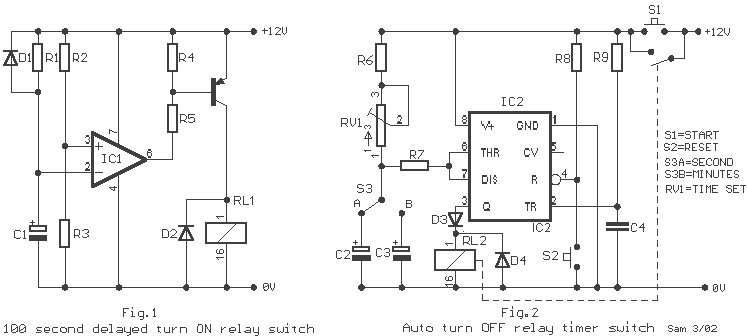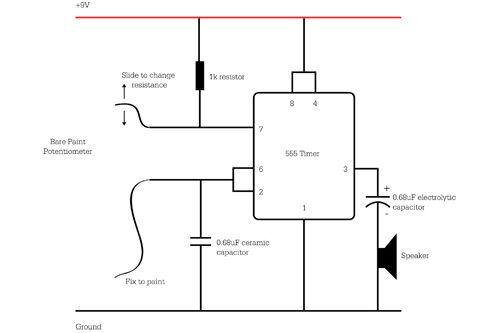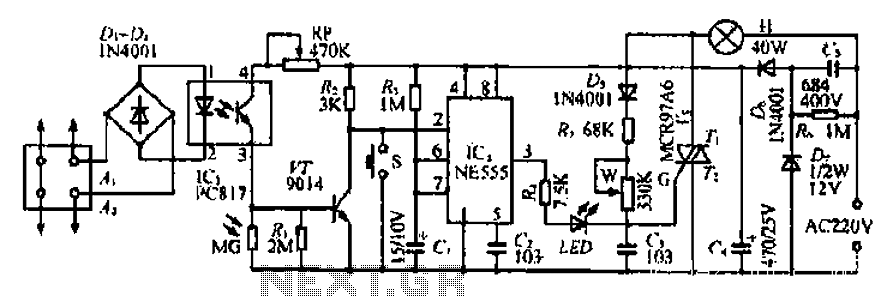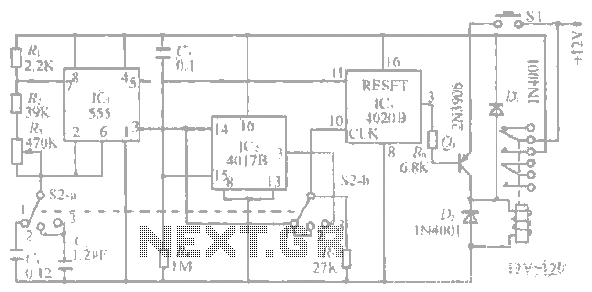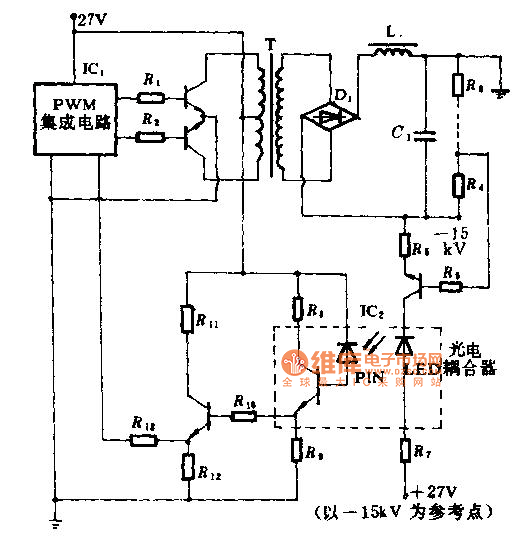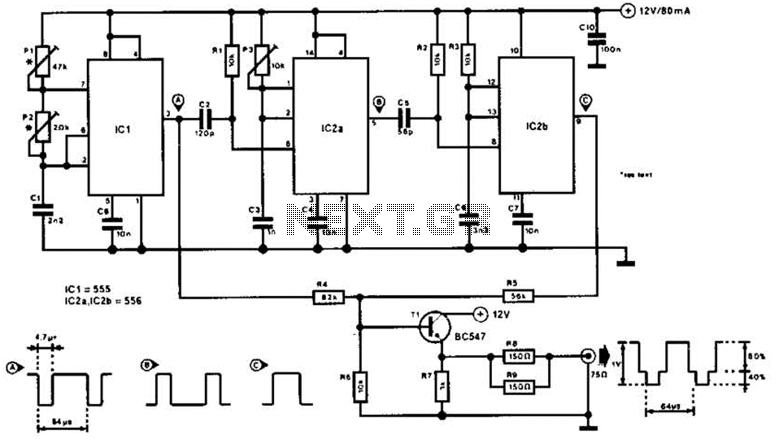
RF Field Strength Meter Circuit
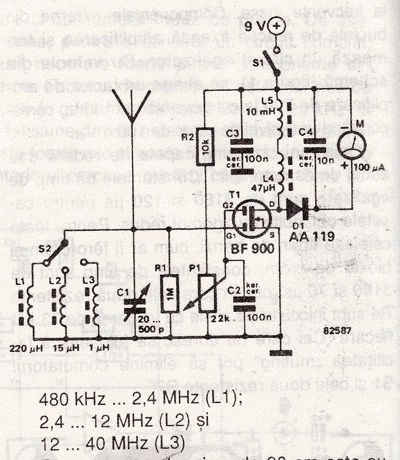
A sensitive and reliable RF field strength meter is an invaluable instrument in amateur radio and radio-controlled model applications. This field strength meter is utilized to align antennas for optimal gain and to determine the transmission range of radio controllers. Designing the RF field strength meter with high sensitivity is essential, as it requires a sufficient number of wavelengths between the meter and the transmitter. This allows for measurements to be taken without relying on a stronger carrier signal, particularly since most radio controllers operate at low power levels. To accommodate these requirements, a dual MOSFET is employed as an RF amplifier in this circuit. The amplification level can be adjusted using potentiometer P1, and switch S1 enables the selection of three different frequency ranges.
The RF field strength meter circuit typically consists of an input stage, amplification stage, and output stage. The input stage includes an antenna that captures the RF signals from the environment. The dual MOSFET configuration serves as the amplification stage, where the first MOSFET amplifies the weak RF signal received by the antenna. The second MOSFET further enhances the signal strength, ensuring that the meter can accurately measure low-power signals.
The adjustment of amplification via potentiometer P1 allows users to fine-tune the sensitivity of the meter, enabling it to respond appropriately to varying signal strengths. This feature is particularly beneficial in environments where signal conditions can fluctuate.
The switch S1 is strategically placed to allow the user to select among three predefined frequency ranges, which caters to different operational needs in the field. This flexibility ensures that the meter can be used effectively across various applications, from amateur radio communications to tuning radio-controlled models.
The output stage typically includes an analog or digital readout that provides a clear indication of the field strength. This readout is crucial for users to determine the effectiveness of their antenna alignment and the operational range of their radio controllers.
Overall, the RF field strength meter is a critical tool for hobbyists and professionals alike, enabling precise measurements and adjustments in radio frequency applications. Its design emphasizes sensitivity and versatility, making it an essential device in the field of radio communications.A sensitive and reliable rf field strength meter is an invaluable instrument in amateur radio and in radio controlled model area. A field strength meter is used to align an antenna to get the best possible gain, to determine the transmitting range of radio controllers Designing the rf field strength meter to be sensitive it is a requirement be
cause there must be as many wavelengths as possible between the meter and the transmitter, the measurement can be done without using a stronger carrier signal and most of the radio controllers are of low power type. Considering these factors, a dual MOSFET is used as an RF amplifier in this circuit. The amplification can be adjusted by P1 and with S1 switch we can select three frequency ranges: 🔗 External reference
The RF field strength meter circuit typically consists of an input stage, amplification stage, and output stage. The input stage includes an antenna that captures the RF signals from the environment. The dual MOSFET configuration serves as the amplification stage, where the first MOSFET amplifies the weak RF signal received by the antenna. The second MOSFET further enhances the signal strength, ensuring that the meter can accurately measure low-power signals.
The adjustment of amplification via potentiometer P1 allows users to fine-tune the sensitivity of the meter, enabling it to respond appropriately to varying signal strengths. This feature is particularly beneficial in environments where signal conditions can fluctuate.
The switch S1 is strategically placed to allow the user to select among three predefined frequency ranges, which caters to different operational needs in the field. This flexibility ensures that the meter can be used effectively across various applications, from amateur radio communications to tuning radio-controlled models.
The output stage typically includes an analog or digital readout that provides a clear indication of the field strength. This readout is crucial for users to determine the effectiveness of their antenna alignment and the operational range of their radio controllers.
Overall, the RF field strength meter is a critical tool for hobbyists and professionals alike, enabling precise measurements and adjustments in radio frequency applications. Its design emphasizes sensitivity and versatility, making it an essential device in the field of radio communications.A sensitive and reliable rf field strength meter is an invaluable instrument in amateur radio and in radio controlled model area. A field strength meter is used to align an antenna to get the best possible gain, to determine the transmitting range of radio controllers Designing the rf field strength meter to be sensitive it is a requirement be
cause there must be as many wavelengths as possible between the meter and the transmitter, the measurement can be done without using a stronger carrier signal and most of the radio controllers are of low power type. Considering these factors, a dual MOSFET is used as an RF amplifier in this circuit. The amplification can be adjusted by P1 and with S1 switch we can select three frequency ranges: 🔗 External reference
